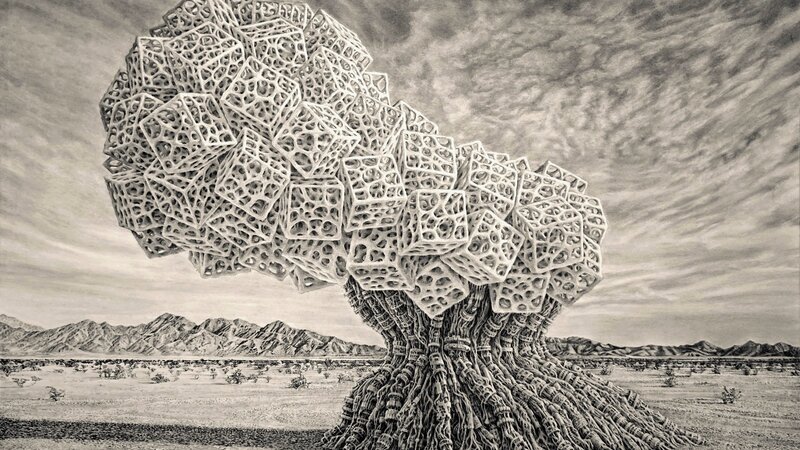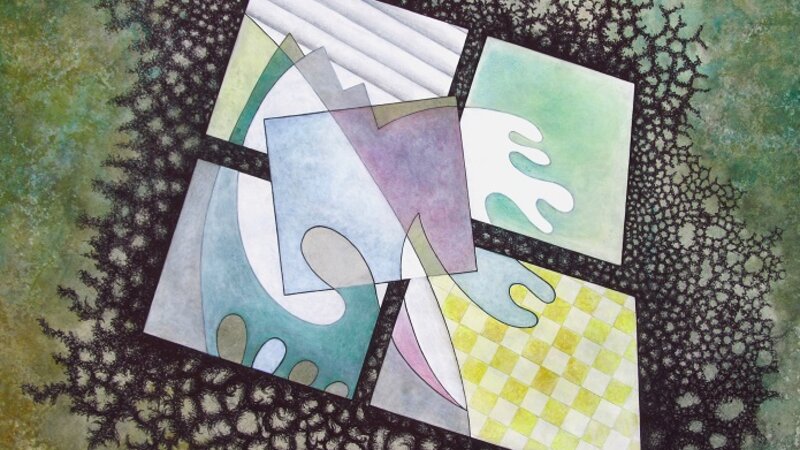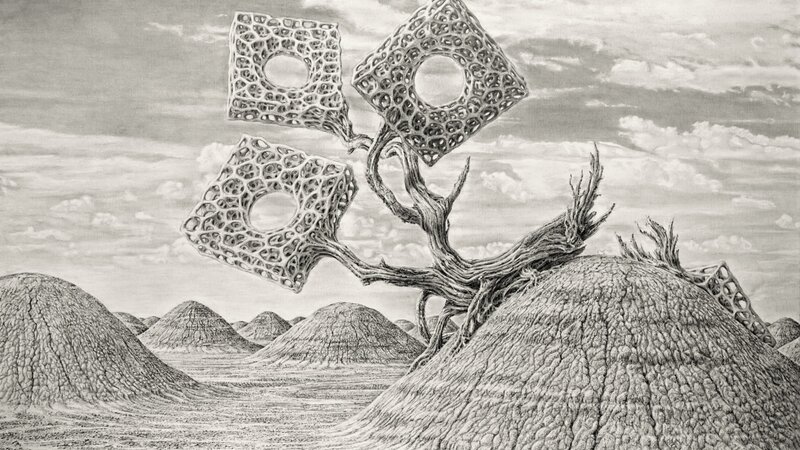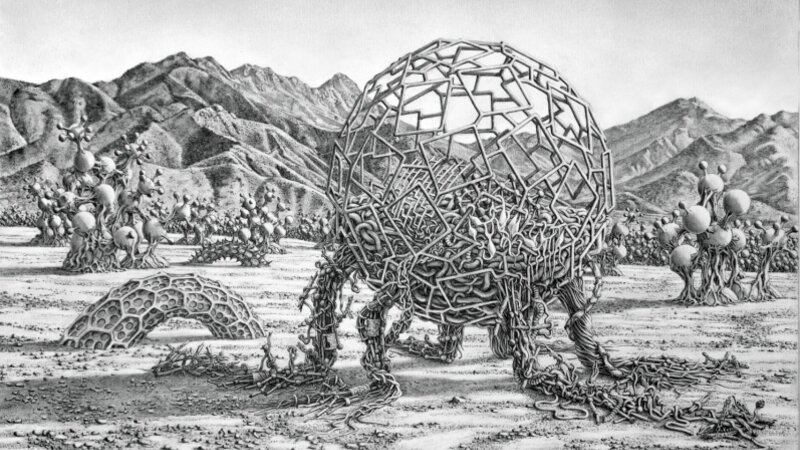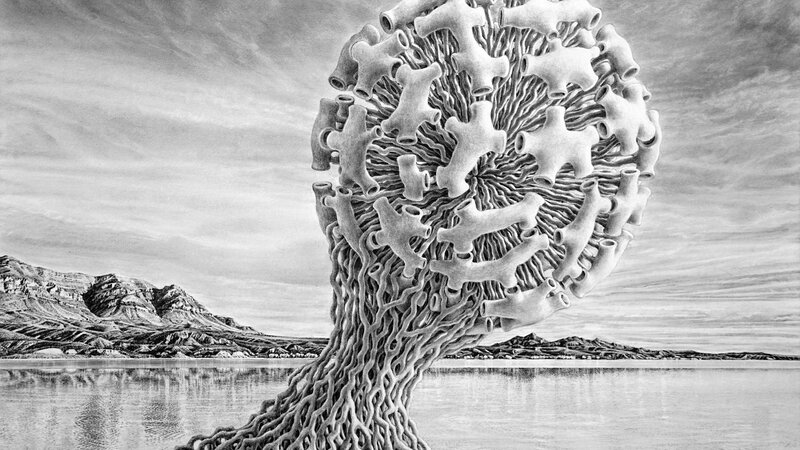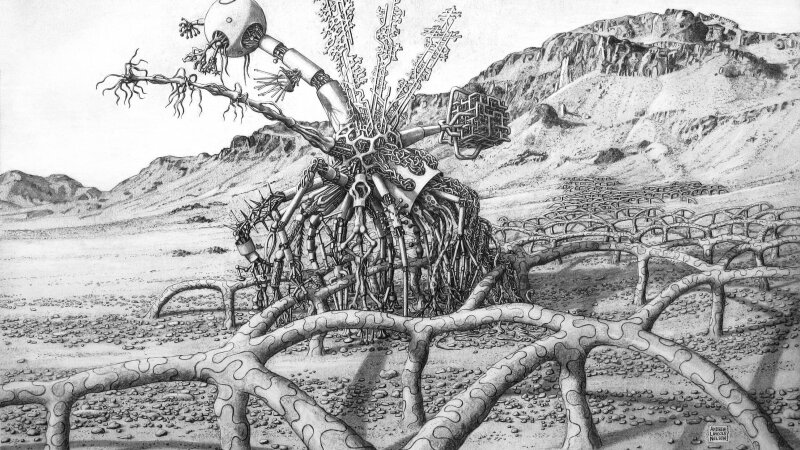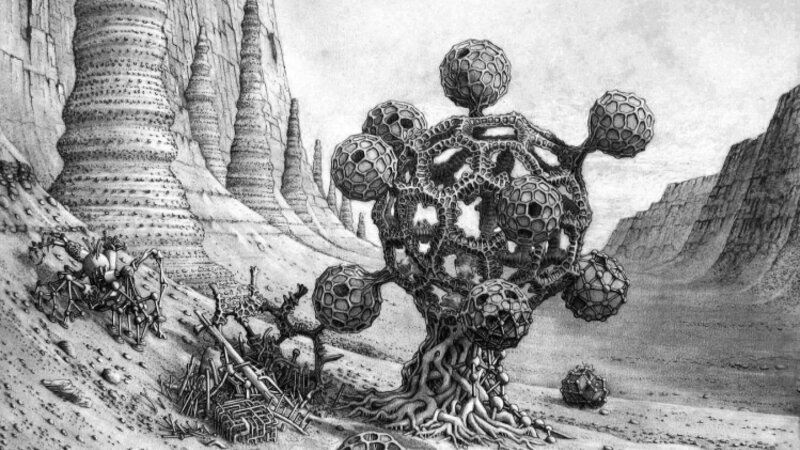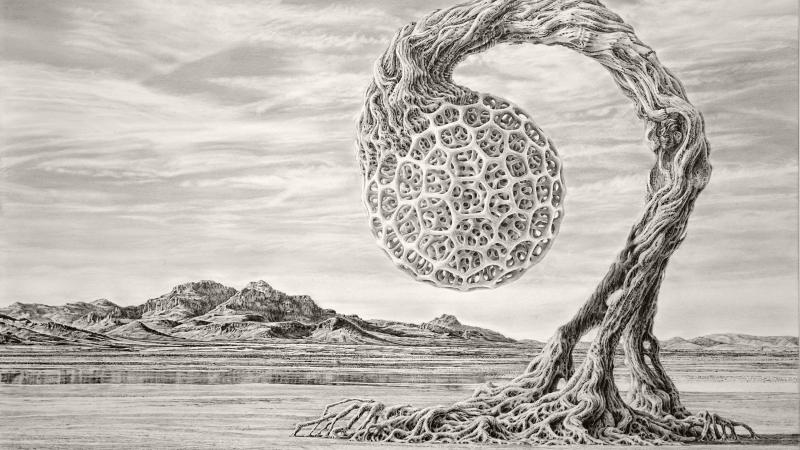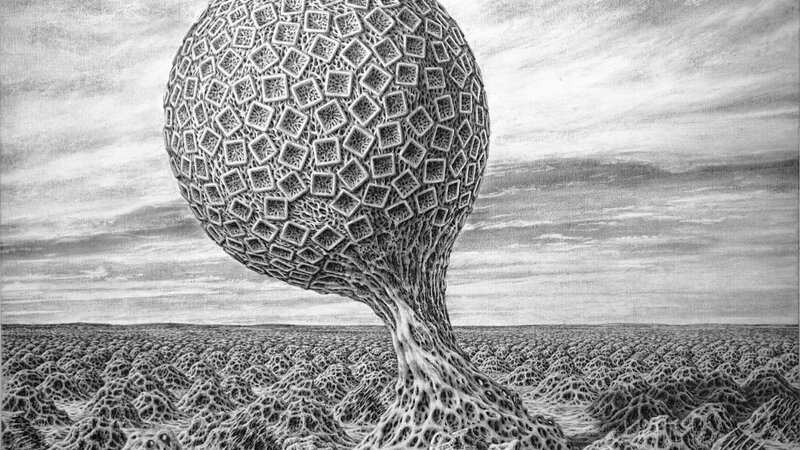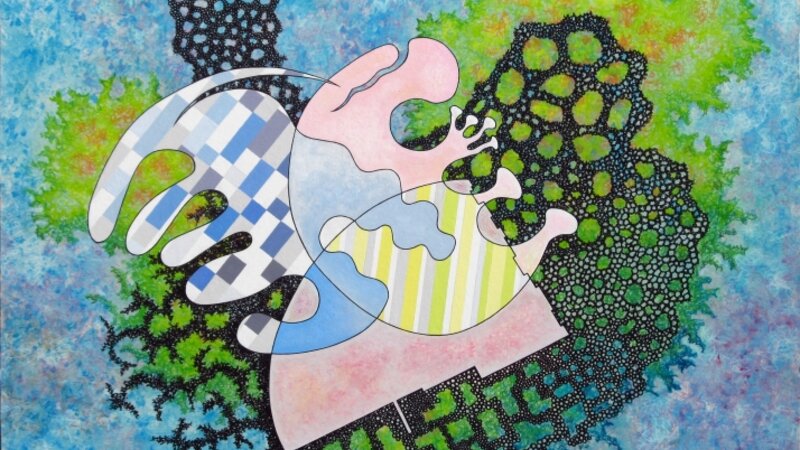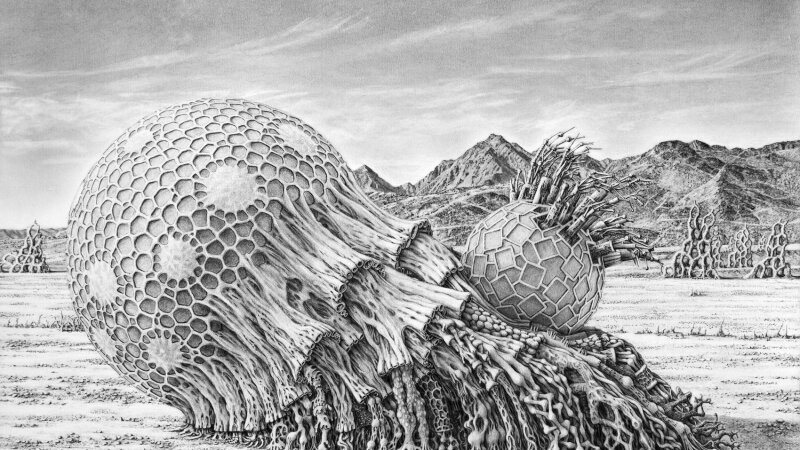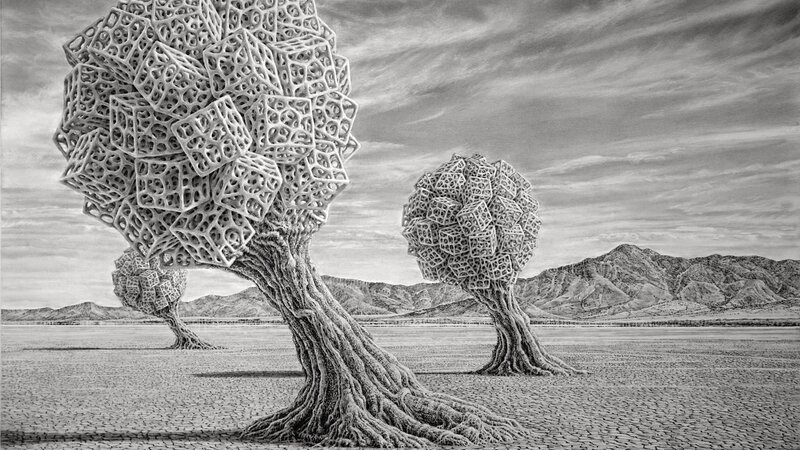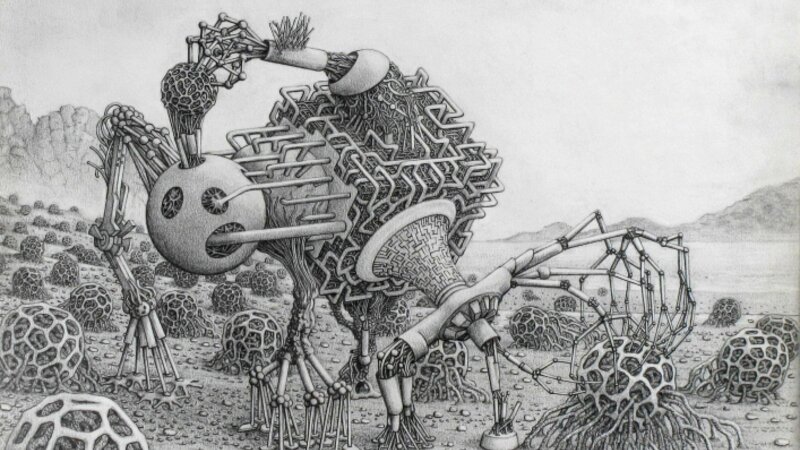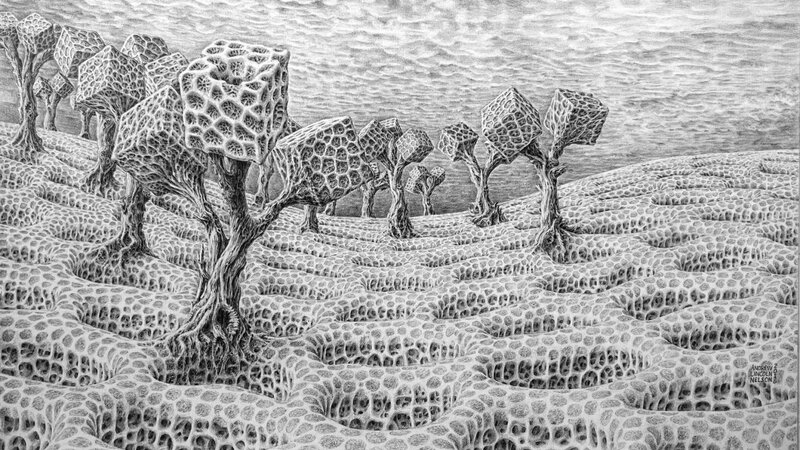Andrew Lincoln Nelson

Andrew Lincoln Nelson is a contemporary artist from the United States who produces highly detailed semi-realistic and surrealistic graphite drawings of futuristic or exobiological landscapes. He has a background in academic research, robotics and fine art. His work has been shown at Biosphere 2, Manifest Drawing Gallery, and the University of Arizona and was the subject of a National Arts Program Spotlight. His art has also been included in juried publications and on-line venues, receiving best-in-show in several recent shows. He also does occasional commission work, recently including a book cover illustration (The Book of Stranger Vol. 2) and several music score cover illustrations (The Butterfly and the Ocelot by composer A. M. Guzzo).
